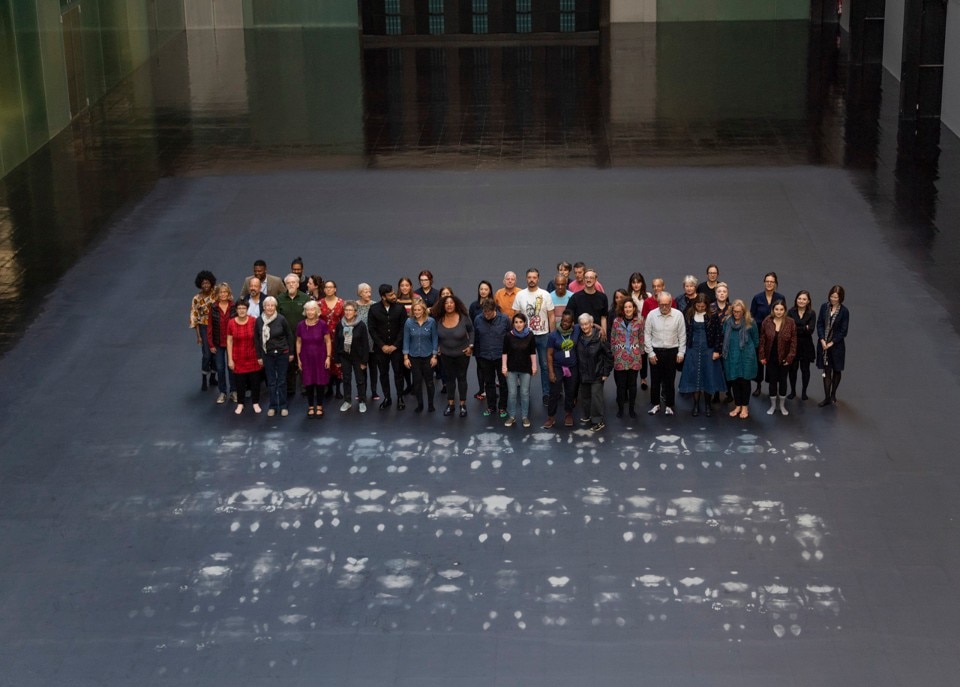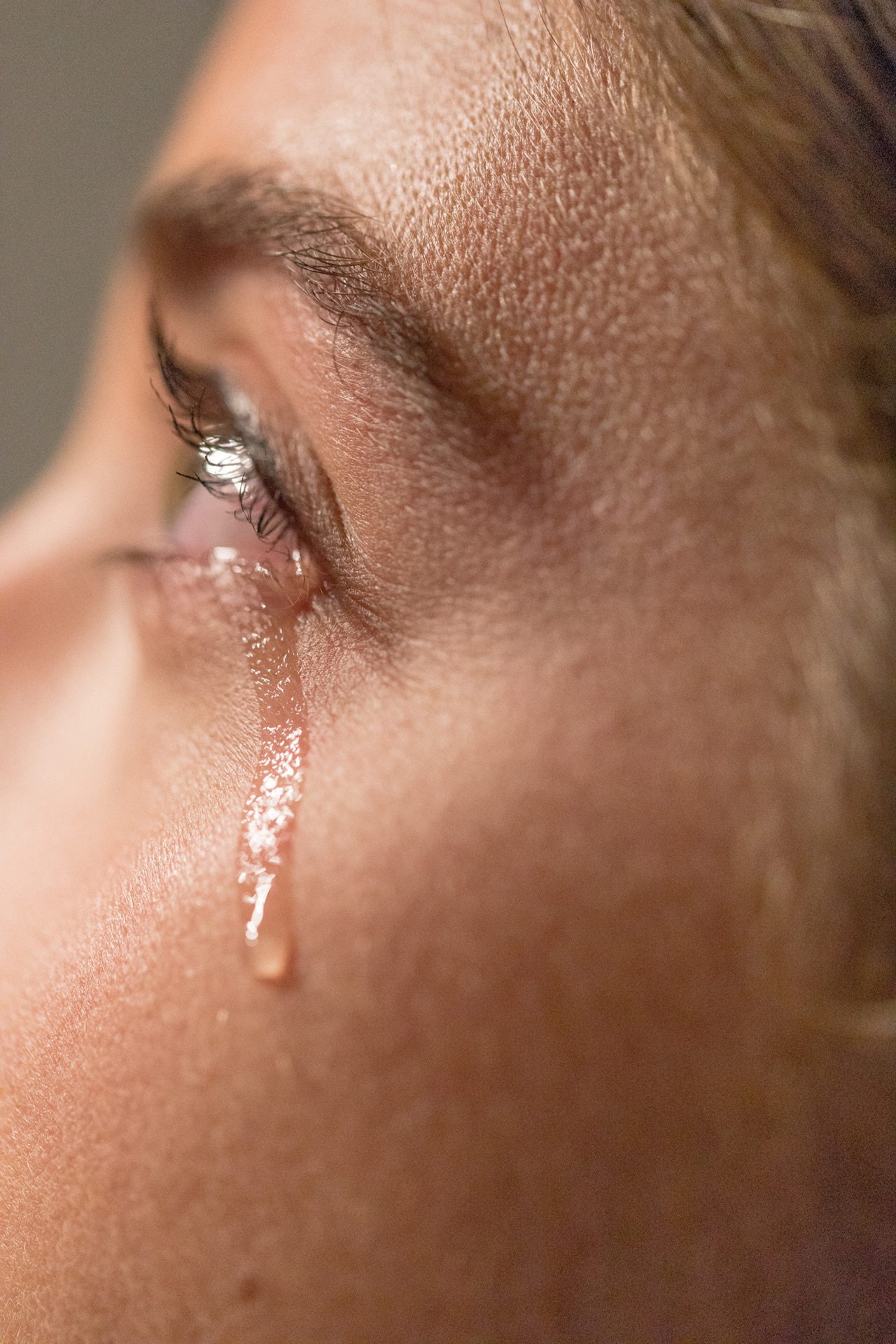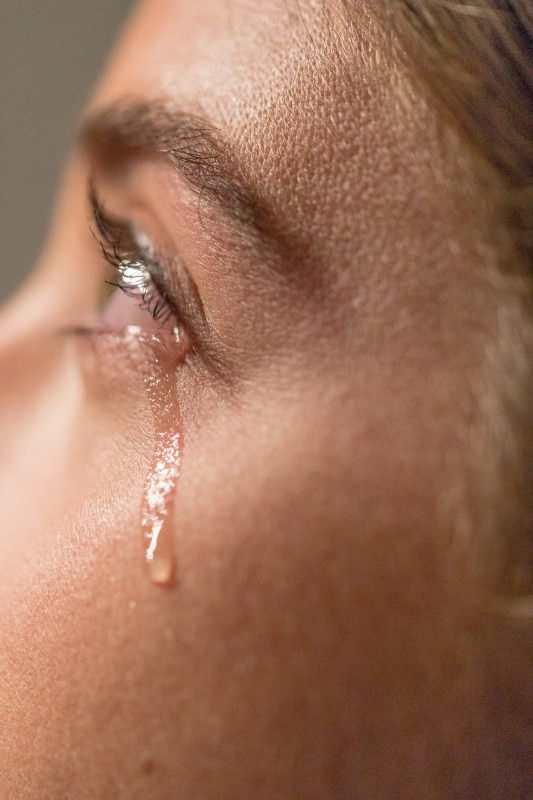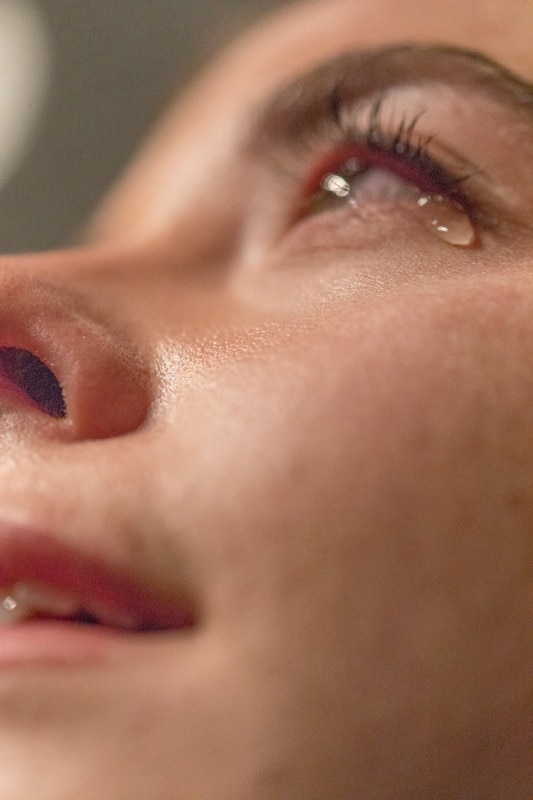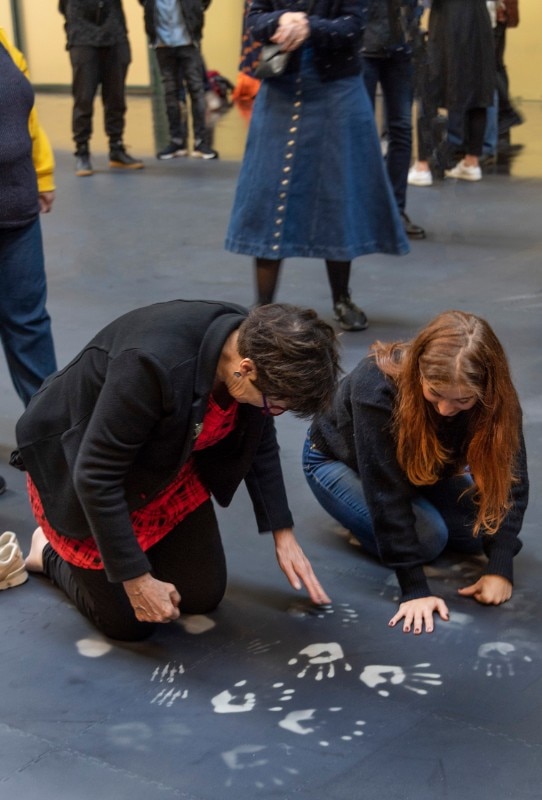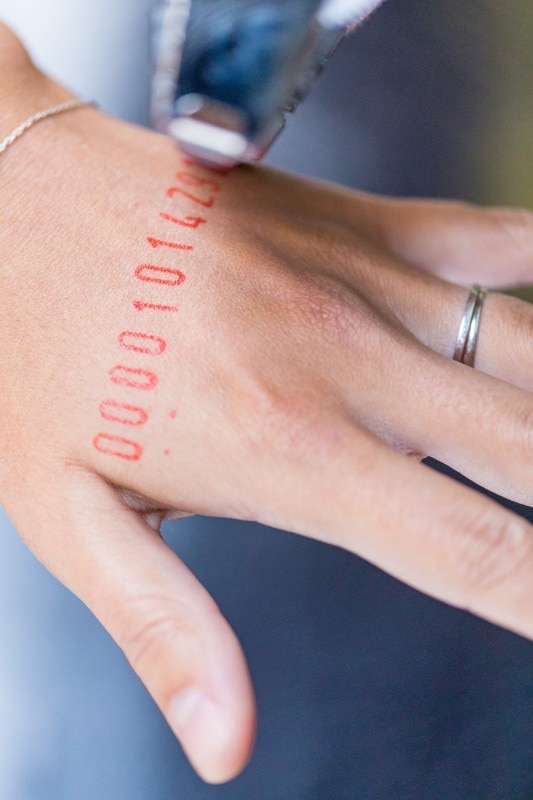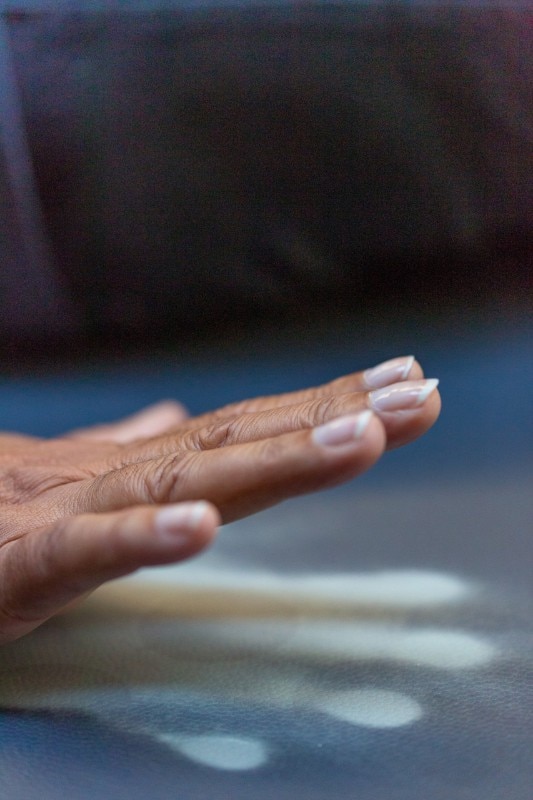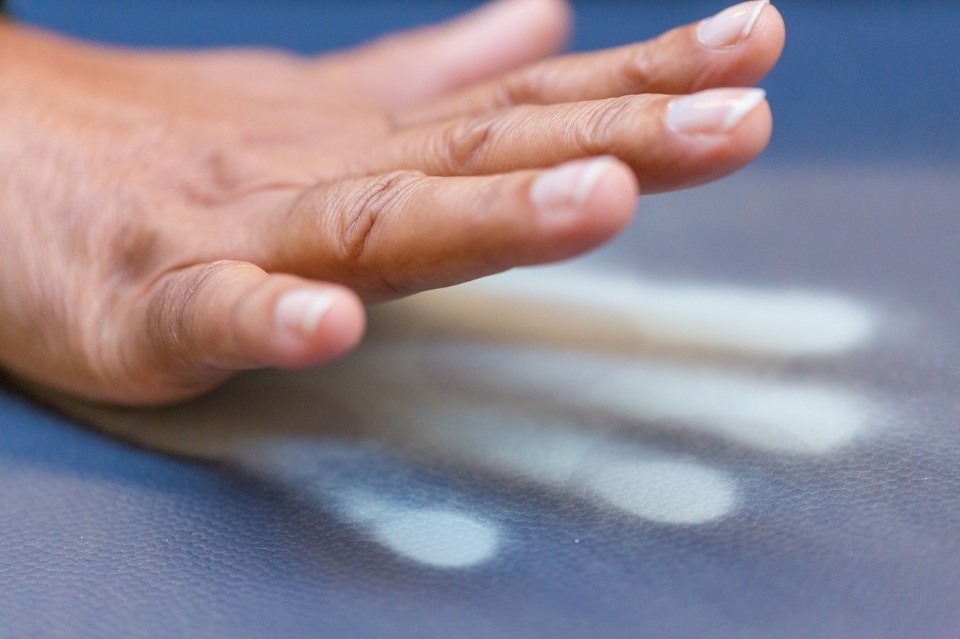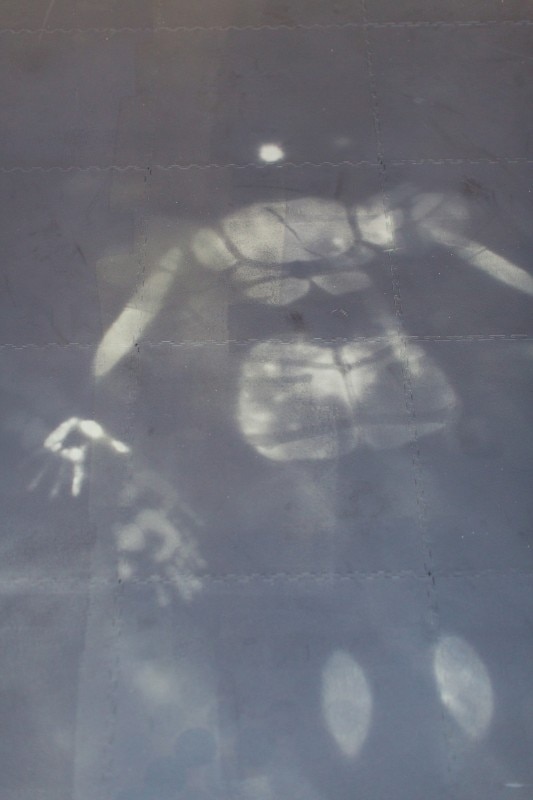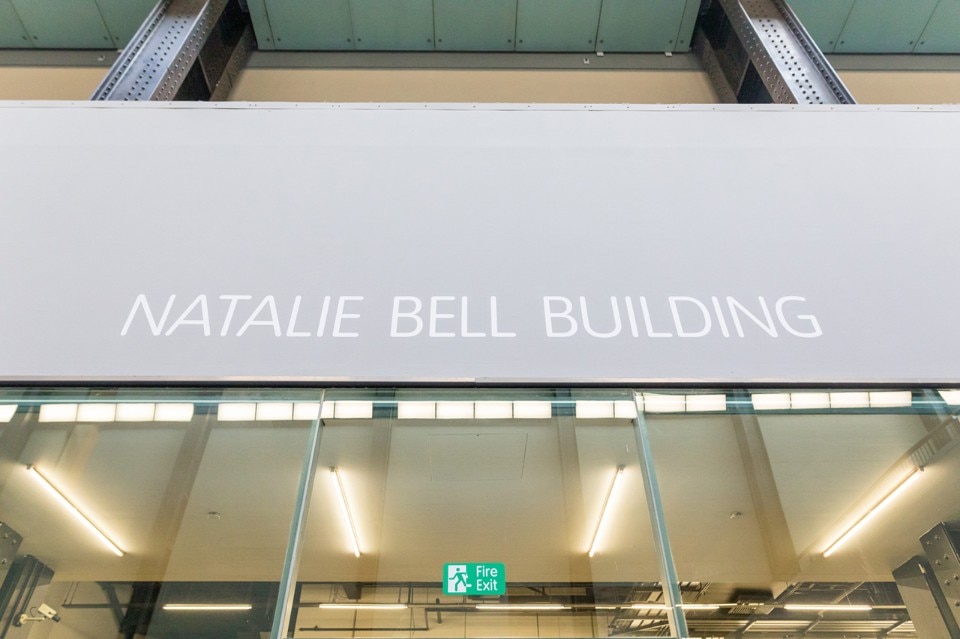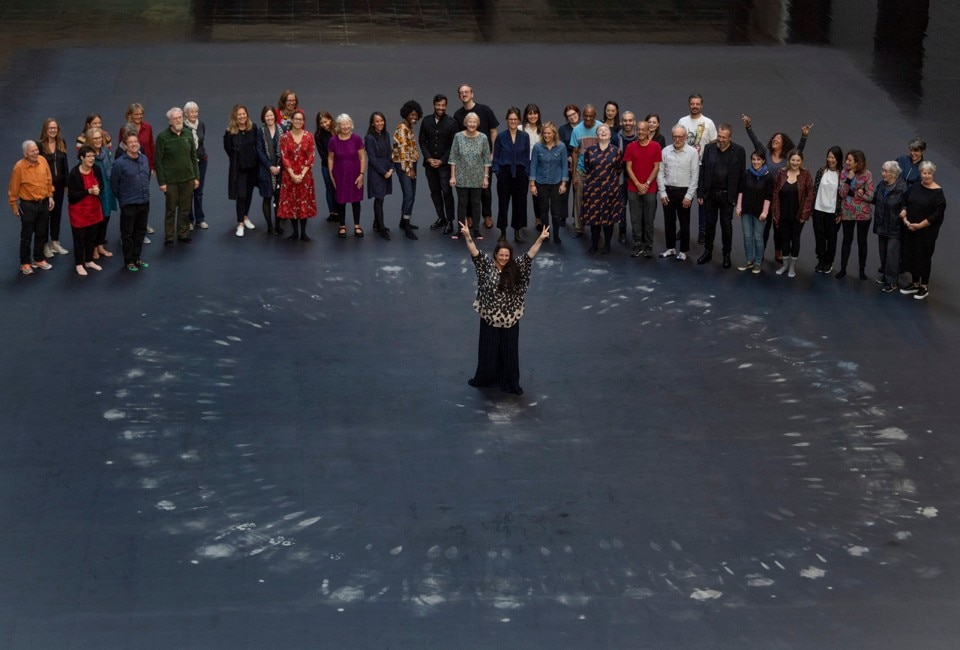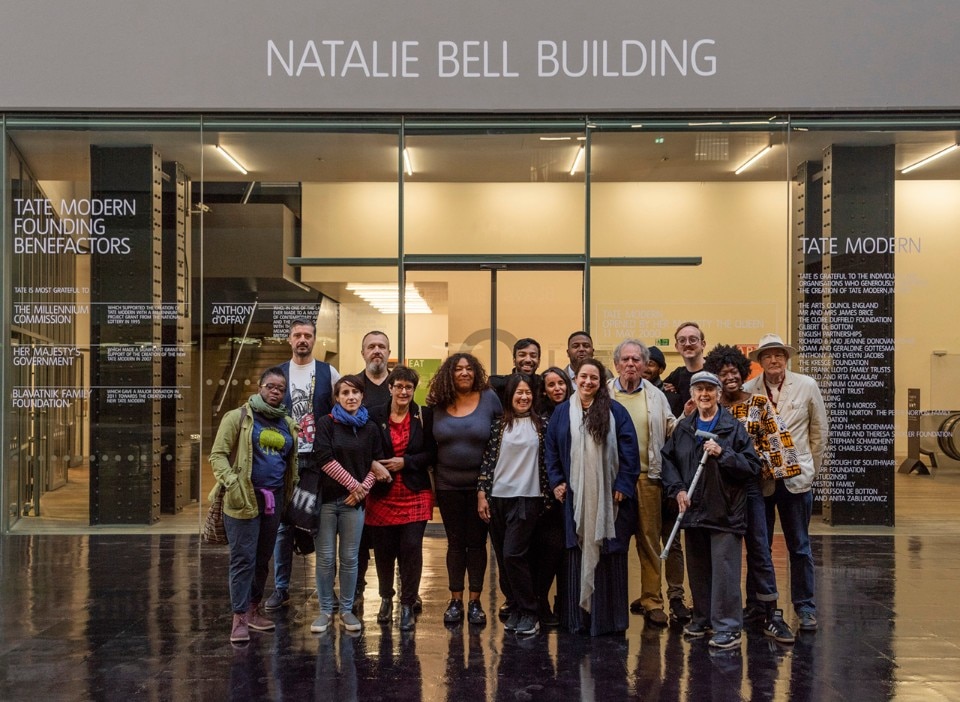Tania Bruguera is not afraid to face the world head-on. She wants to tackle urgent political matters and she will not be discouraged. For her, art is an instrument, a device. And institutions, including the museum, are places where transformative energy can be generated. In 2011, she wrote the essay Reflexions on Arte Útil (Useful Art). Practically a manifesto of what she thinks and how she works, it begins with this sentence: “The natural impulse of artists is trying to understand the things surrounding them and sharing with others the questions they make to themselves and the answers they find.” The multifaceted and composite project created by Bruguera (1968, Havana, Cuba) at the Tate Modern Turbine Hall for the 2018 Hyundai Commission corresponds perfectly to these words.
The title of the work is an ever-increasing figure corresponding to the number of people who in the past year have migrated from one country to another, added to the number of migrant deaths recorded so far this year. The figure is provided by the Missing Migrants Project led by the International Organisation for Migration. Bruguera brought together a group of 21 people who live or work in the same postcode as Tate Modern. They were asked toexplore how the museum can learn from and adapt to its local community. The participants decided to rename the Boiler House, an area that is part of Tate Modern and adjacent to Turbine Hall, in honour of the local activist Natalie Bell. Bell’s name will appear in large letters at the entrance to the area for the duration of one year. A manifesto written by the same 21 people appears on your screen when you sign in to the free Wi-Fi at Tate Modern.
Visually, the most striking part of this exhibition is the floor of the entire Turbine Hall. Bruguera covered the great descending ramp with a glossy and bituminous black, which in itself is effective and powerful. At the centre of the Hall, the floor changes to anthracite grey, which is actually a heat-sensitive surface. Visitors are invited to sit, lie down and act freely on it to leave temporary imprints. By using your body heat and working together with other visitors, you can reveal a hidden portrait of Yousef, a young man who left Syria in 2011 to come to London. After a period of great hardship, he was able to recover thanks to help from the charity SE1 United, where Natalie Bell works.
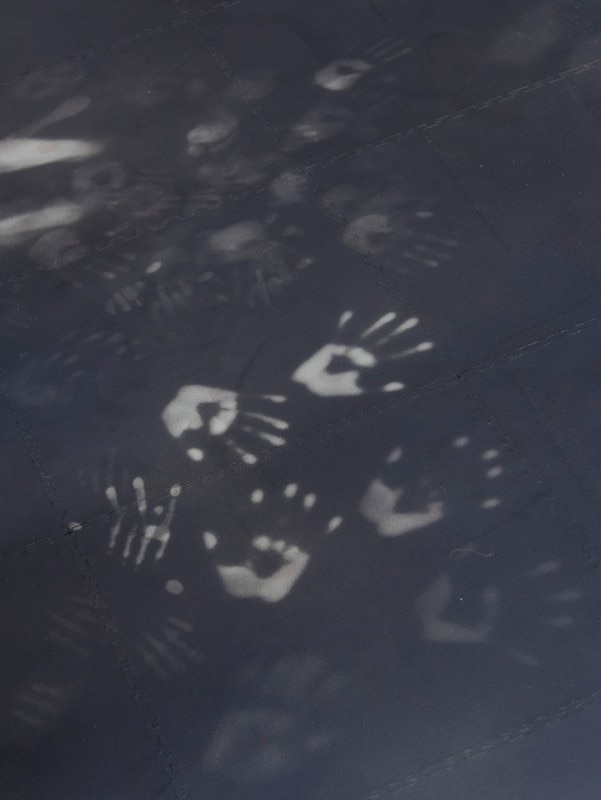
Another constituent part of the project is a small hall lit with white light, accessed from one side of Turbine Hall. To enter, you must first have the current progressive number stamped on your hand. Once inside, after a few minutes, you find yourself weeping. This phenomenon is caused by an organic compound in the air. The artist defines it as "forced empathy”. Meanwhile, a low-frequency sound fills the space with unsettling energy.
Given the current moment in history, the project certainly has a provocative connotation. The epochal tragedy of refugees and fugitives that is taking place in front of our eyes with the repetitiveness of a broken record has not yet provoked the less authoritarian and more human solution of a collective response to relief. The portrait of Yousef will remain invisible unless action is taken together as a group. The case of this young man demonstrates that the possibility of coming to the defence of others does exist. Unfortunately, the migratory policies of Western countries are going in the opposite direction, resulting in the tragic lowering of our ethical conscience.
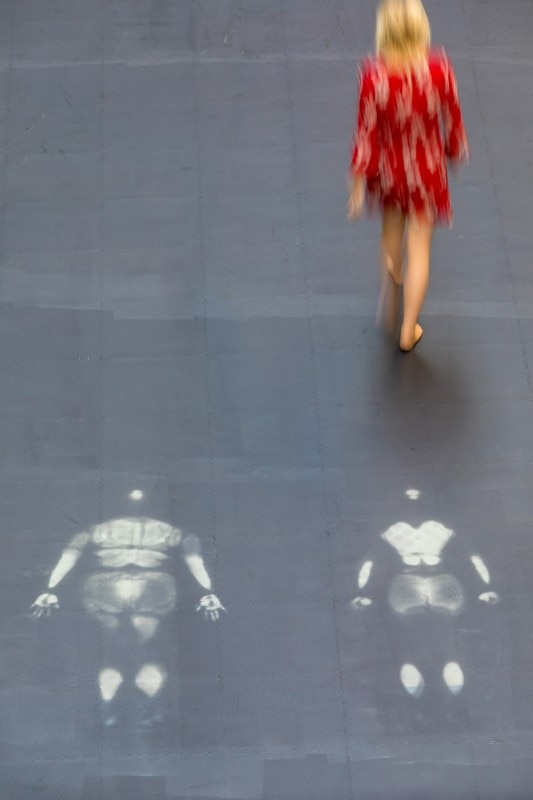
The objective of Bruguera’s project comes across loud and clear. She wants to persuade the museum to collaborate with local inhabitants. She wishes to subtract it from the self-referentiality of the cultural system. She wants to remind the museum of its civic duty, something that the biggest international institutions often forget they have. Bruguera uses a renowned exhibition site – Tate's Turbine Hall – to showcase the theme of invisibility. She makes visitors cry tears that would otherwise not come spontaneously. This is the use of paradox to evoke the necessary, anything but commonplace, sensitivity. Adopting a numerical title, which cannot be pronounced because it is never the same, requires the public to make an effort.
With this project, Bruguera has expressly refused synthesis in favour of activism, something she has always had propensity for. The complexity of the present situation; the desire to fight against the violence of words and deeds; and the need to stop the trend toward simplification all substantiate this project and direct its form.
- Exhibition title:
- 10,144,083
- Artist:
- Tania Bruguera
- Commissioned by:
- The Hyundai Commission 2018
- Venue:
- Turbine Hall, Tate Modern, Bankside, London
- Opening dates:
- 2nd October 2018 – 24th February 2019


